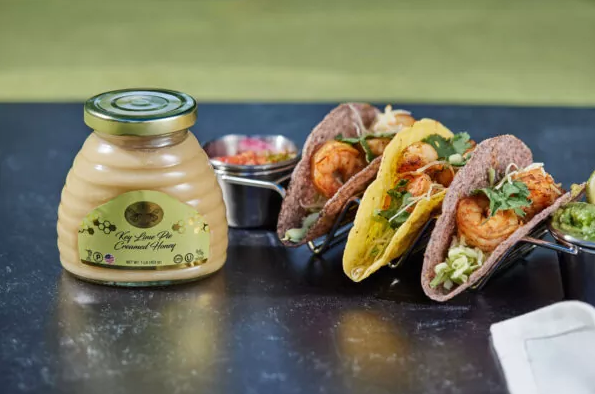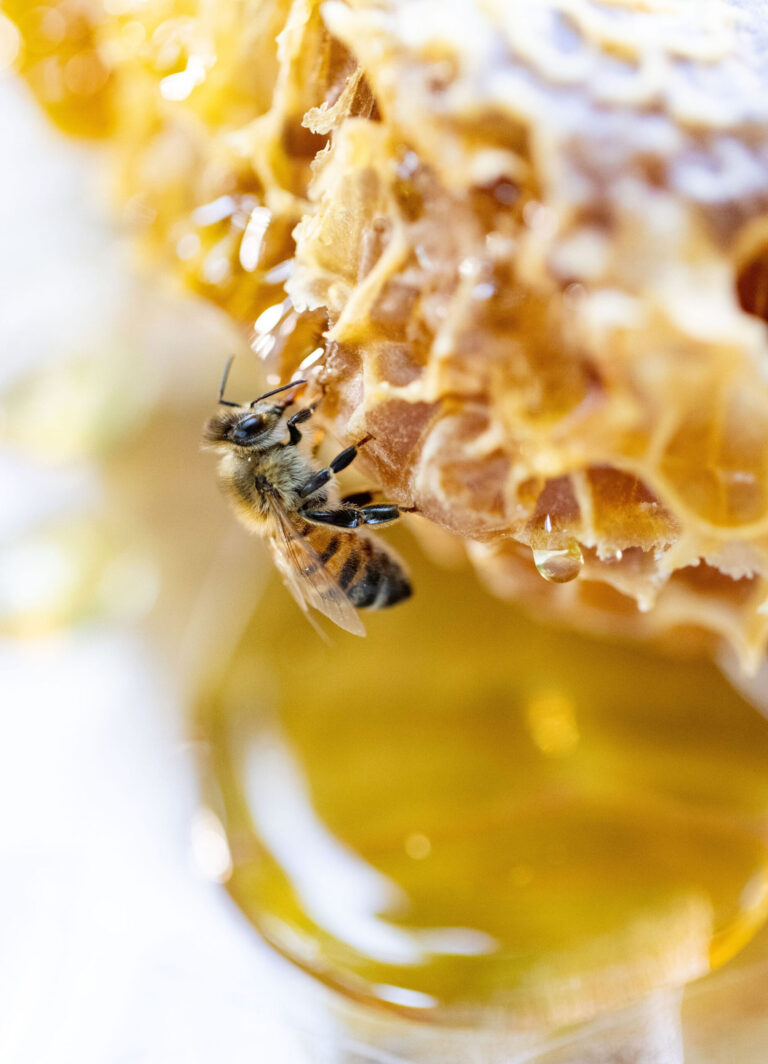FREE SHIPPING WHEN YOU ORDER $35 OR MORE
How to Use Creamed Honey in Cooking and Baking

How to Use Creamed Honey in Cooking and Baking Creamed honey, also known as whipped or spun honey, is a delightful variation of honey that boasts a smooth, creamy texture. Thanks to its consistency and versatility, it has become a…
